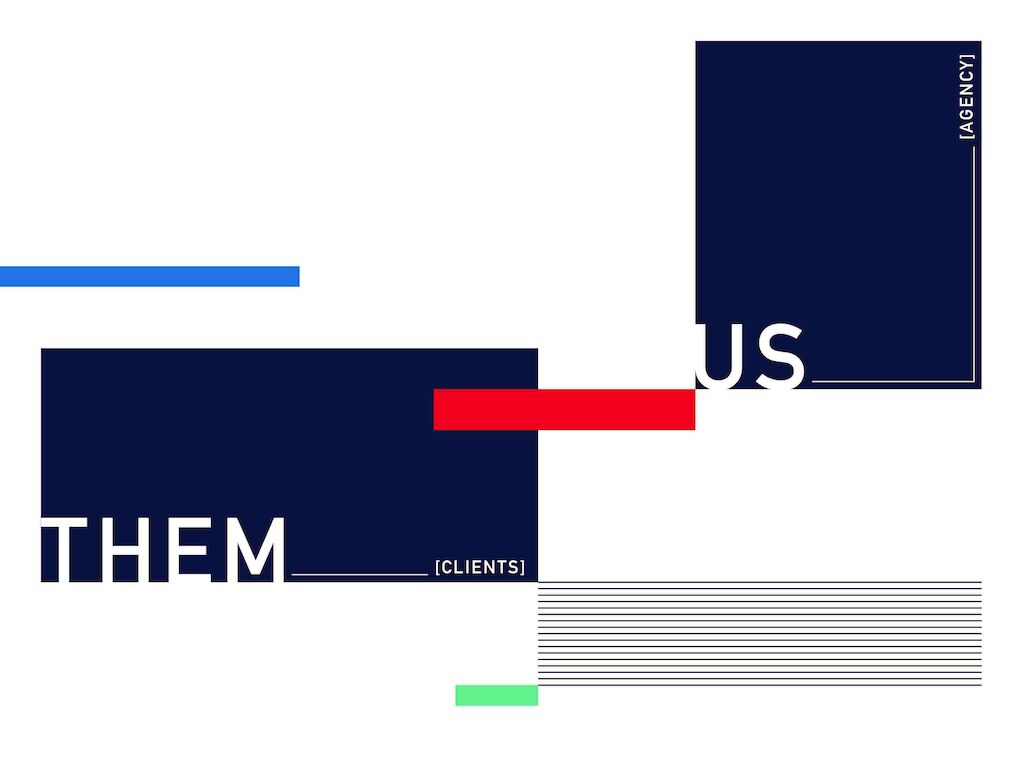For decades, the way agencies like MetaDesign worked with their clients remained the same: The client defined what they needed and their deadline, and the agency structured a sequential engagement based on work phases over a number of months. During the course of the project, the agency would meet with the client periodically to conduct workshops and present work. Otherwise the two sides would work separately, within their own walls, communicating by email or phone when necessary.
This traditional model persists, and often it works fine. But increasingly companies are looking for an alternative approach, one that aligns better with their goals, capabilities, resources, and internal processes. They don’t want the agency to disappear for weeks at a time before coming back to present proposed solutions. They want to be involved, to collaborate, to co-create. They want to work in a lean, agile way — just like they do every day internally.
In the Bay Area, where many of our clients are dynamic tech companies, this trend has inspired us to rethink the client-agency relationship. Driven by the desire for collaboration and agility on the part of our clients, we now offer open, flexible structures for our engagements. In some cases, this means dividing a lengthy project into shorter sprints. In others, we become an extension of the client’s in-house team, with our designers sitting alongside theirs.
And the great thing is, we also like working this way. It not only aligns with the client’s day-to-day work flow but with ours, too. When our creative team stays connected with the client’s team, feedback and input arrive sooner and with less filtering. We can adjust and adapt our thinking in real time, rather than waiting for those infrequent formal presentations.
While there’s no one-size-fits-all model for these newer types of engagements — they’re often custom-built based on the client’s specific needs — experience has taught us that a number of key factors should be addressed before an engagement kicks off:
- Define the overall objective and the desired minimum outcomes.
- Agree to a strict time period for the project. Clearly define the role of each person on the client and agency teams.
- Establish the cadence of the project (weekly sprints, scrums, formal reviews, etc.).
- Set up a co-working environment at the agency, the client’s office, or both.
This approach is not going to be right for every brand project or every client. But when implemented successfully, breaking away from the traditional client-agency relationship can lead to more engaged teams, more effective collaboration, improved efficiency, and ultimately, better brand experiences.
_Andy Giles is Vice President of Client Engagement at MetaDesign San Francisco.
